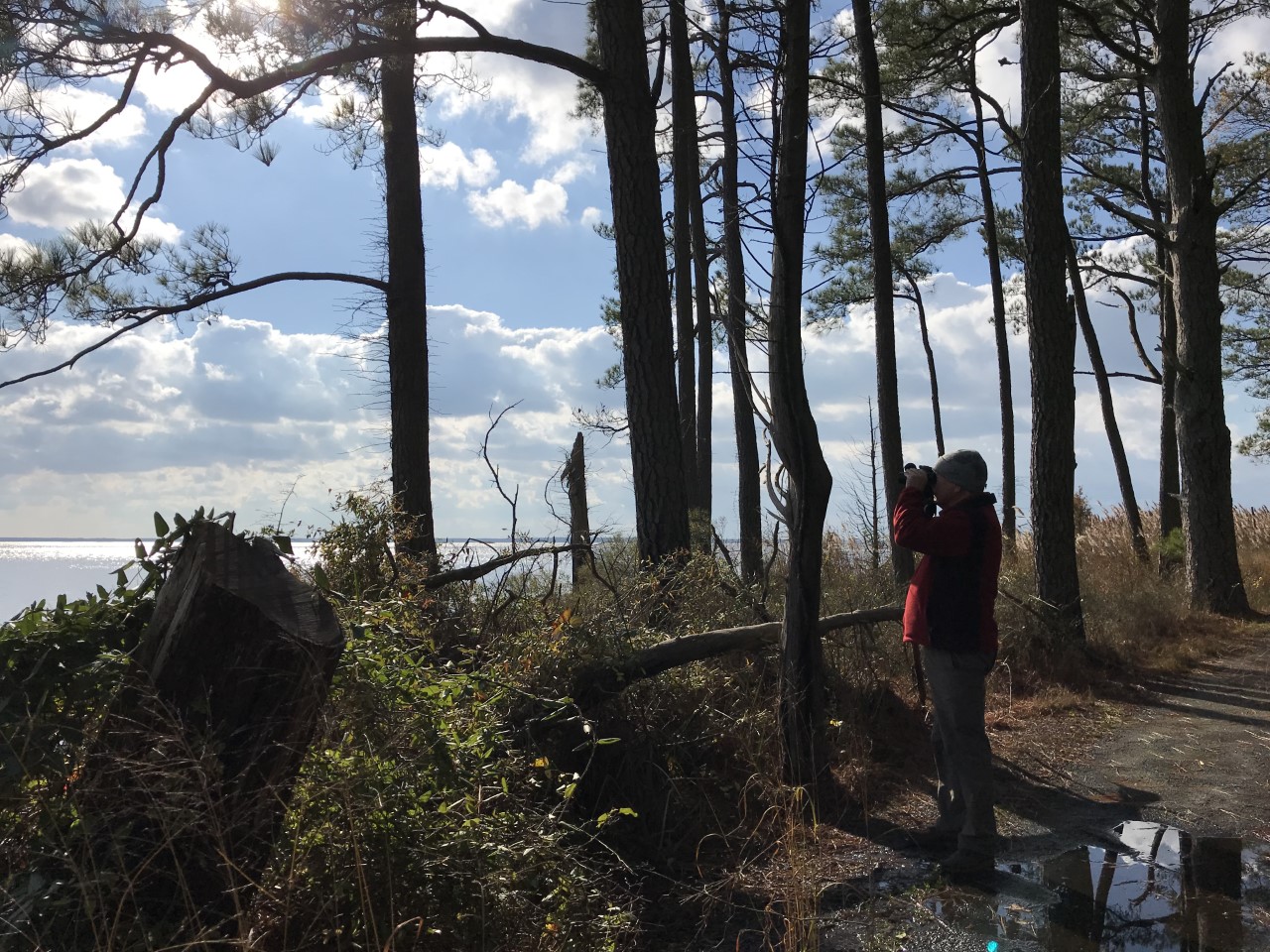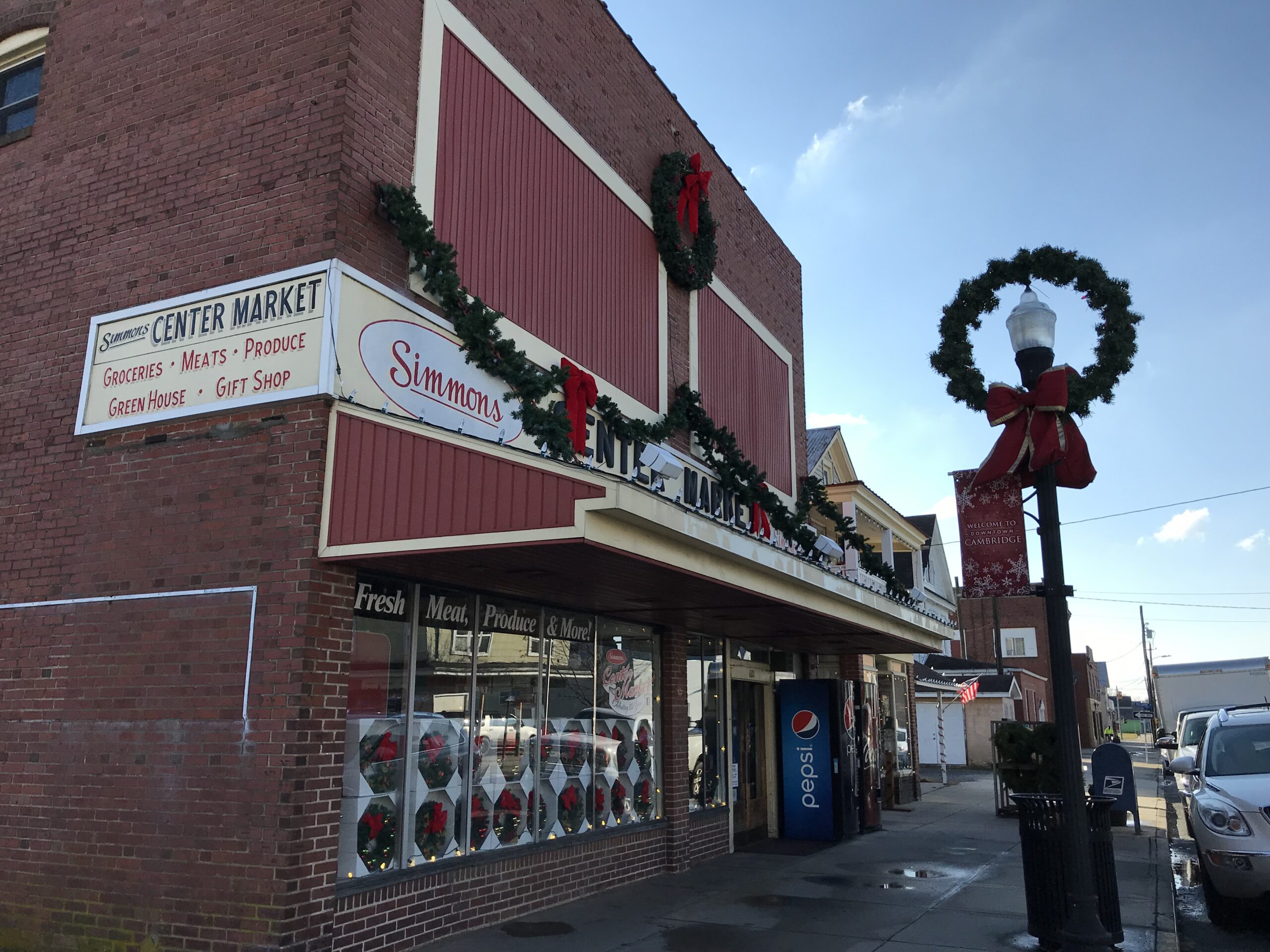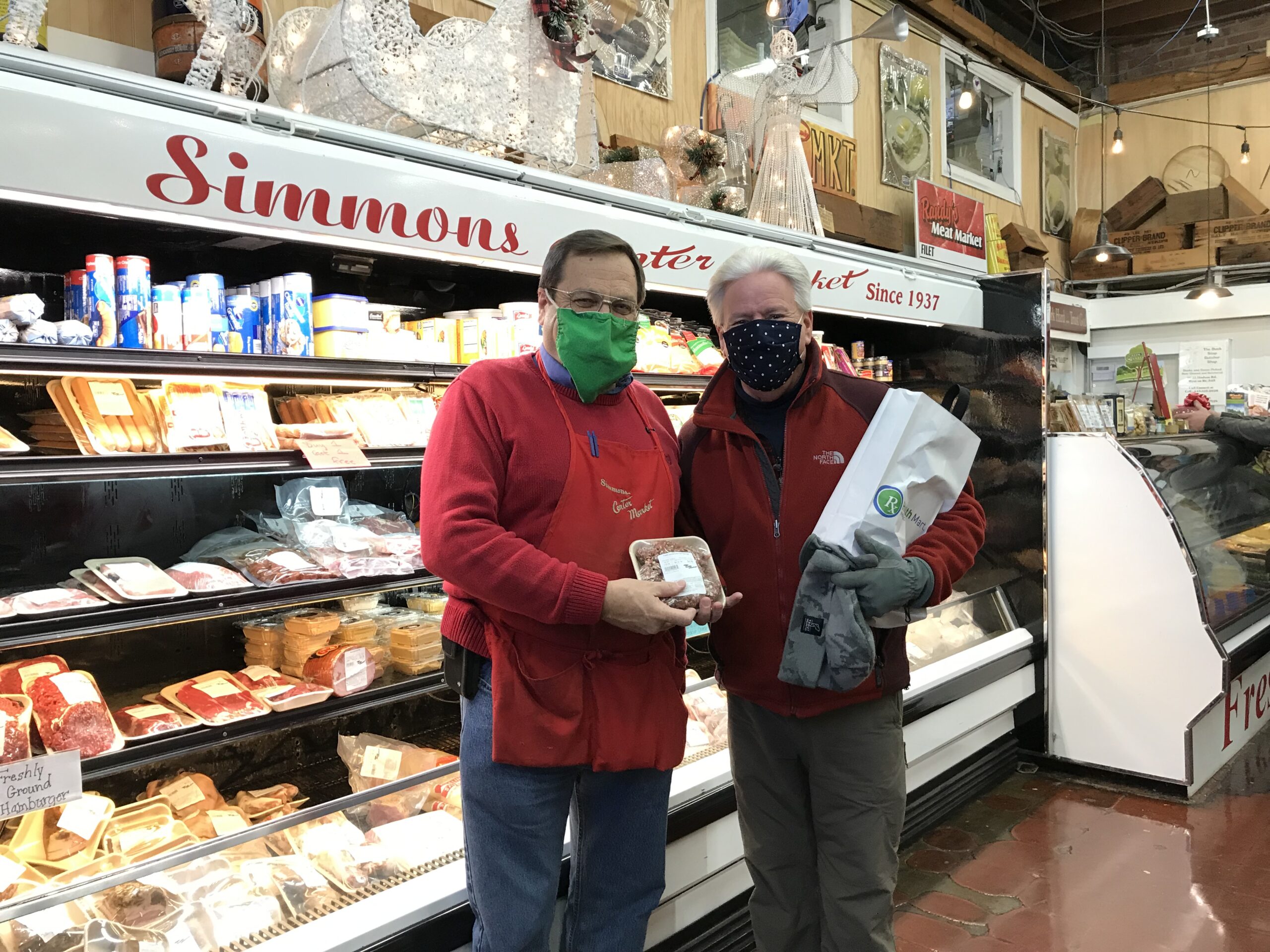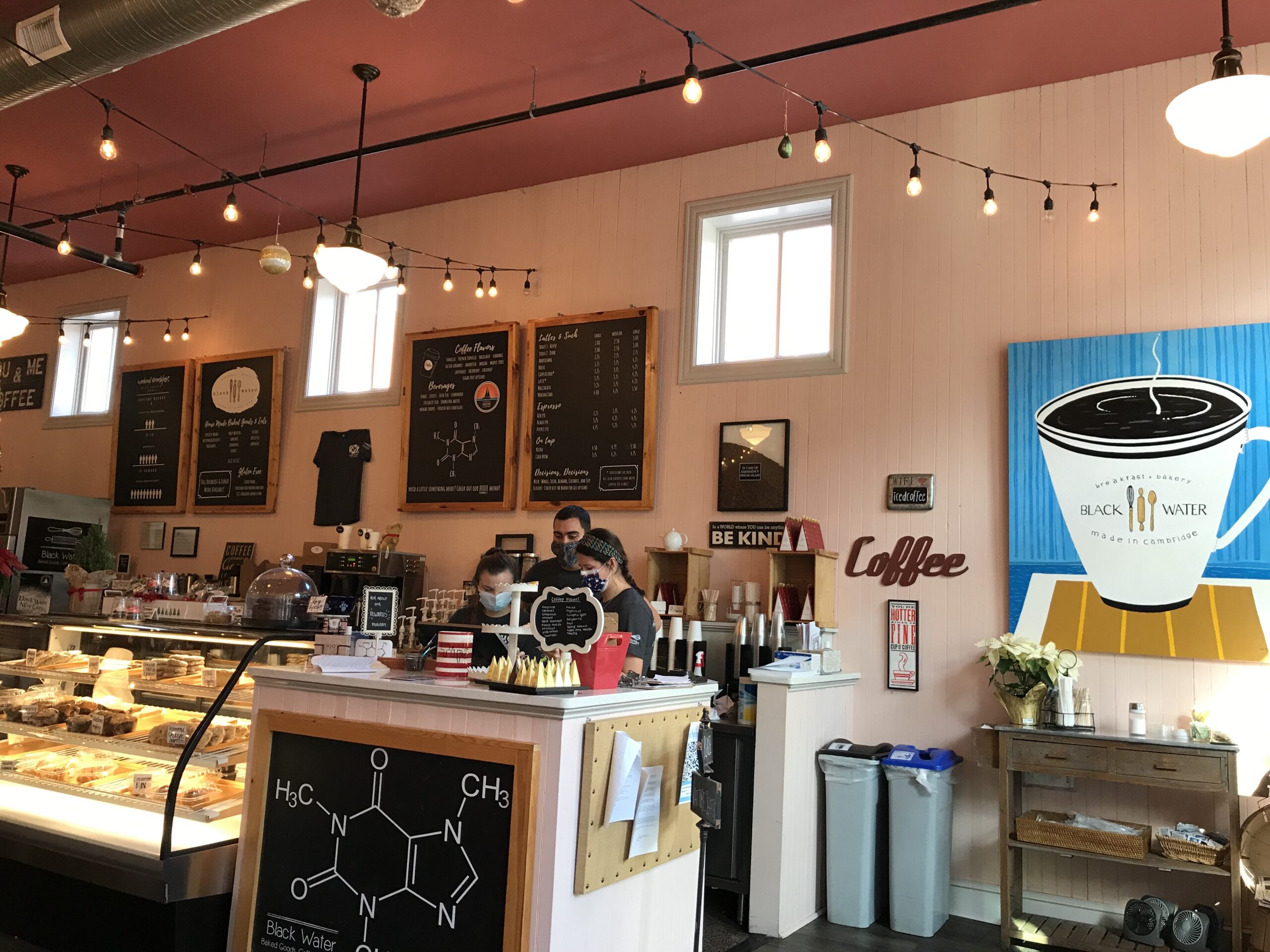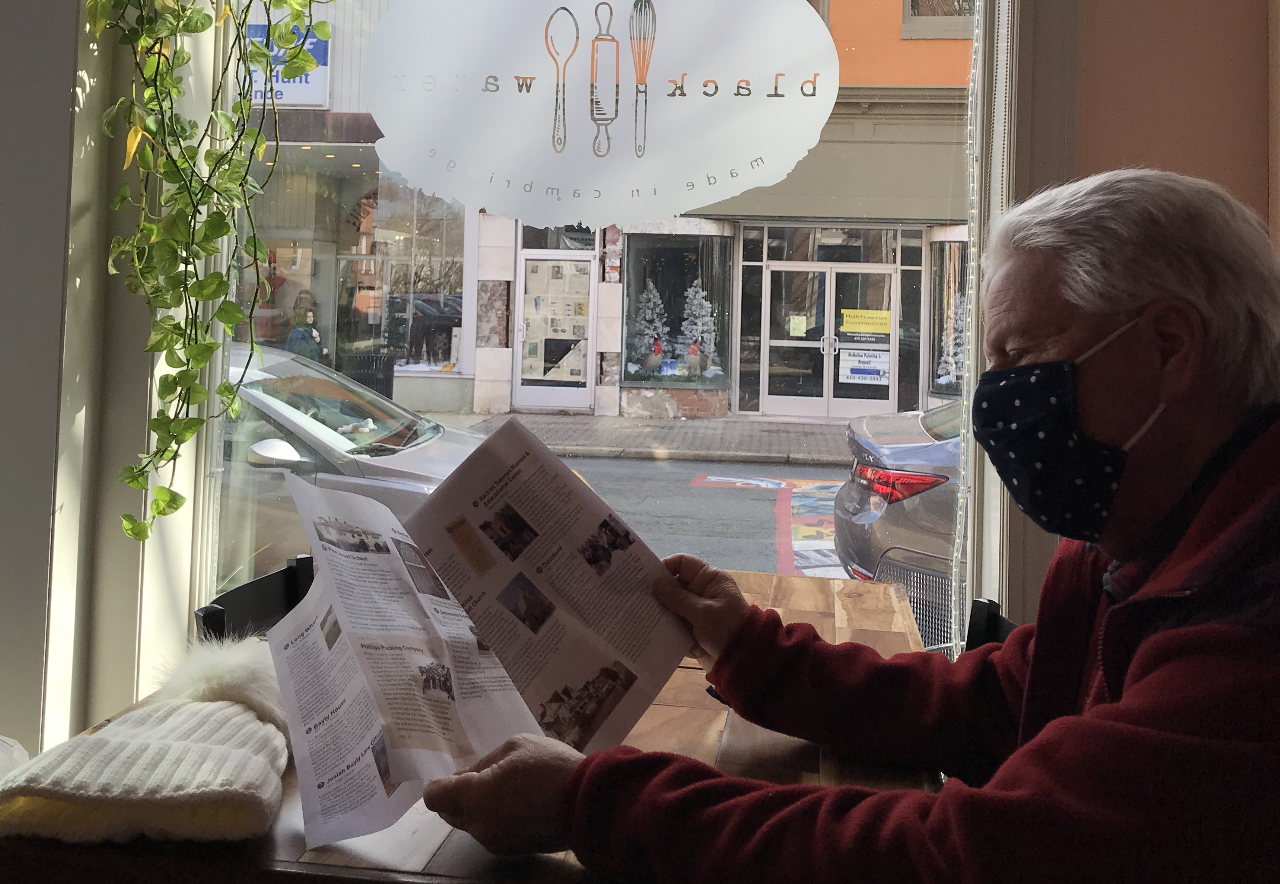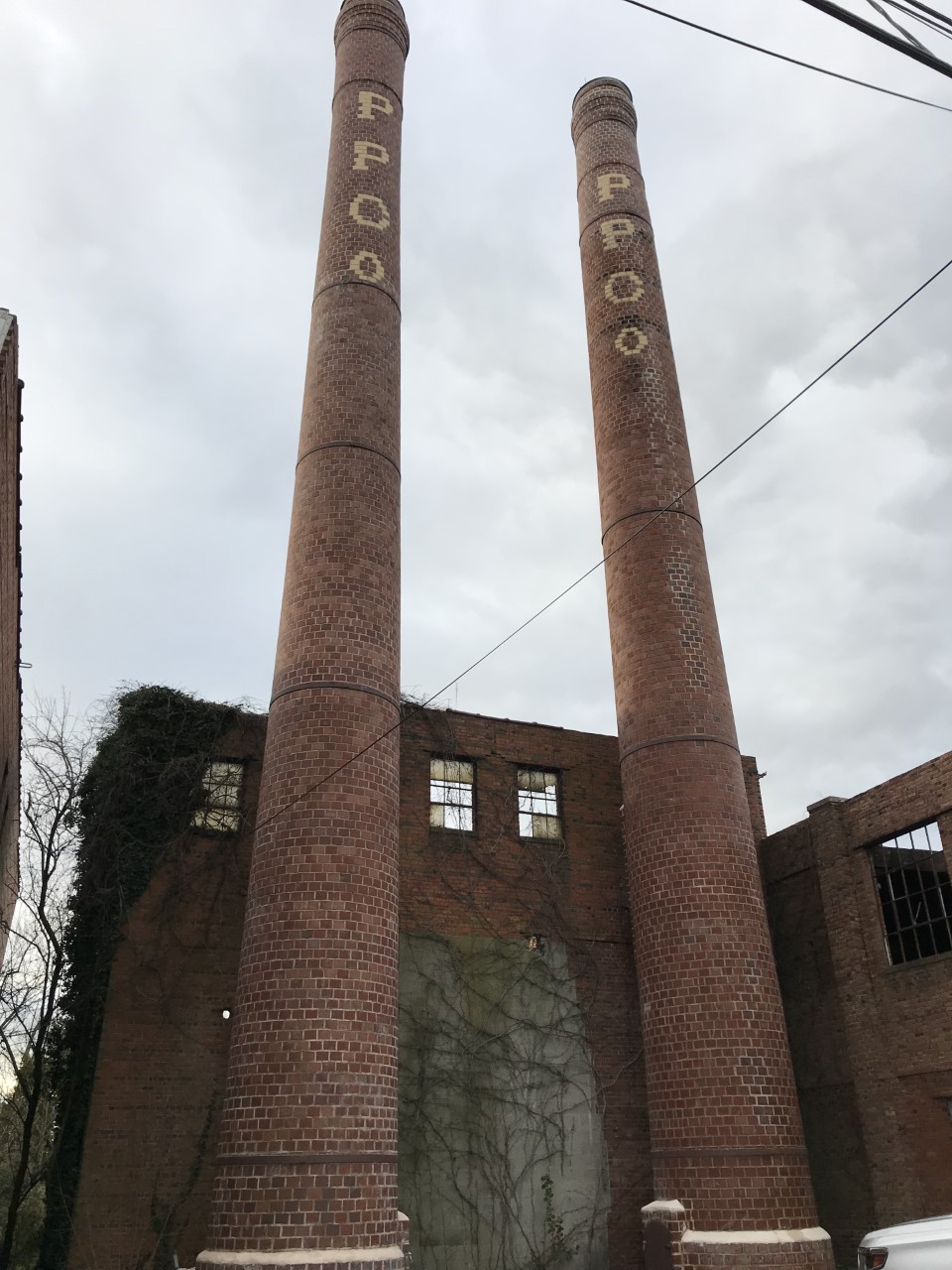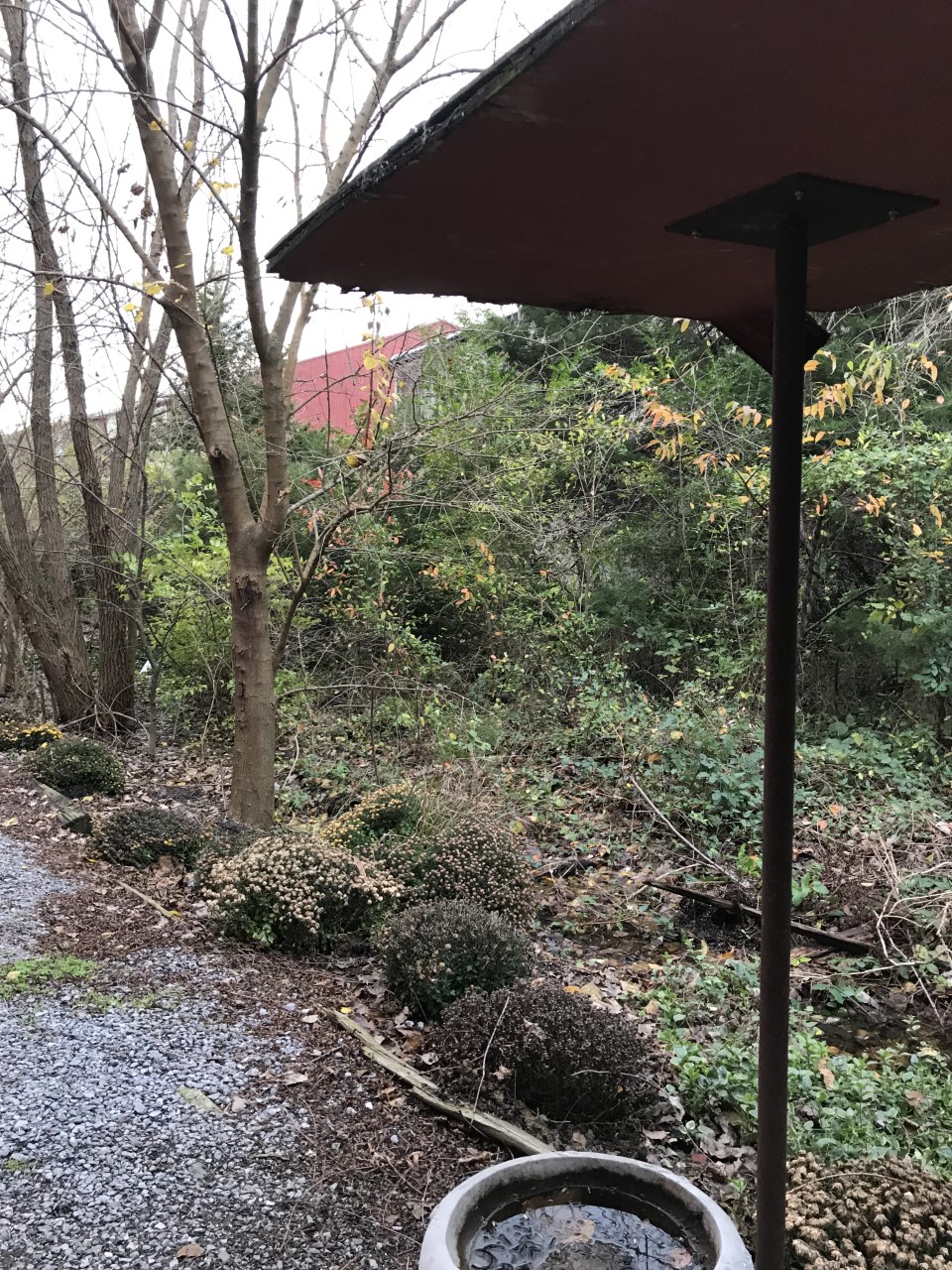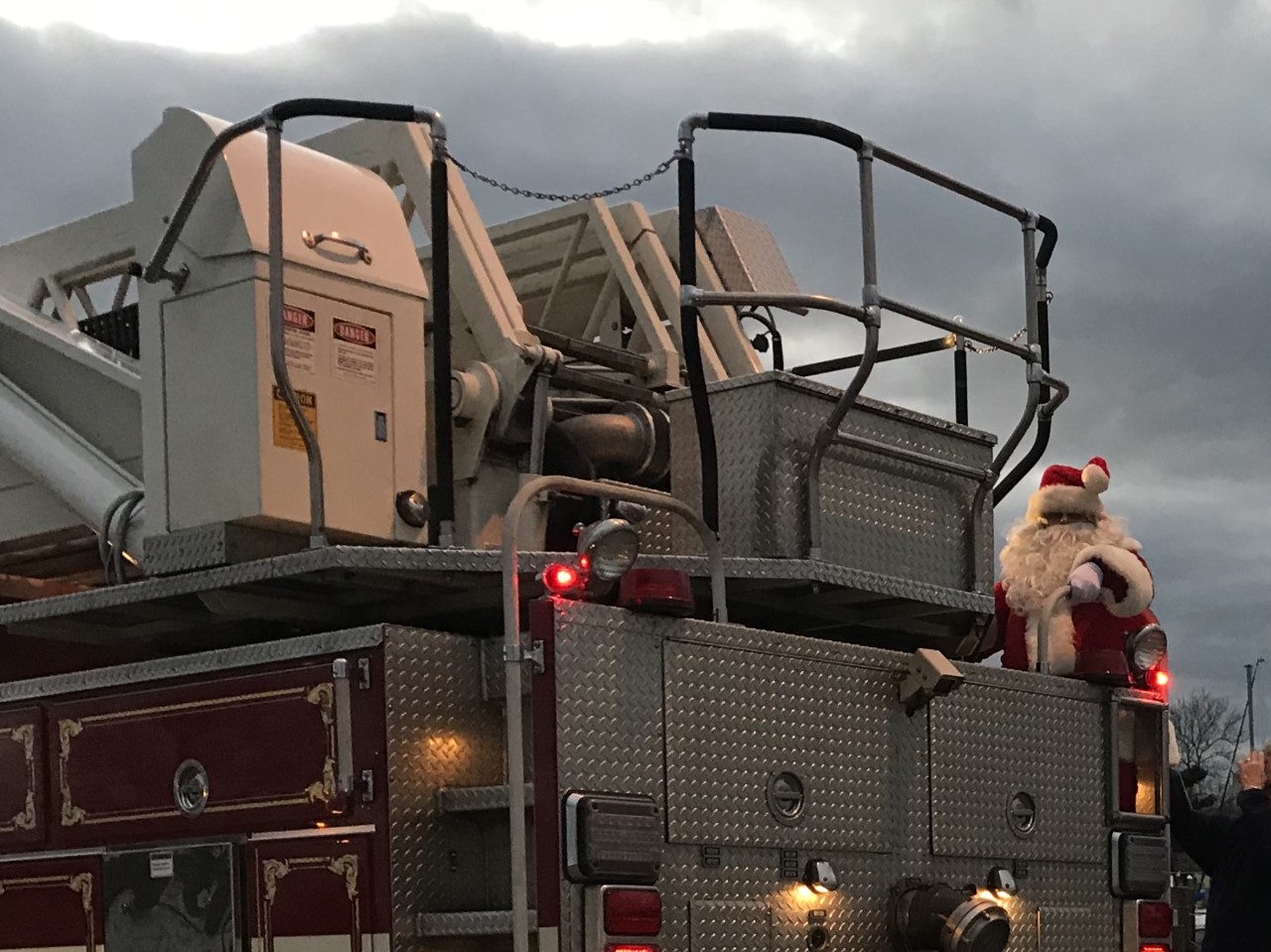The seventh county on travel experts Diane and Jeff’s twenty-three county and Baltimore City exploration of Maryland was Dorchester County. Their approach continues to be outside adventuring, seeking out trails, rails and different parts of history, preservation, and adaptive reuse that were not explored deeply on their first go around the state.
FROM DIANE AND JEFF’S TRAVELOGUE:
The county was formed in 1669, but of course, Native Americans were living in the area well before that. “The Algonquin people were very prosperous during European colonization. At that time, tribes and bands were present in most colonies, and Maryland was no exception. Of the Algonquin subtribes living in Maryland, the four most prominent were the Choptank, the Delaware, the Matapeake, and the Nanticoke. As coastal people, these subtribes spent the warmer months hunting and fishing in or near the Chesapeake Bay. Due to tribal wars and colonial incursions, a large portion of the Maryland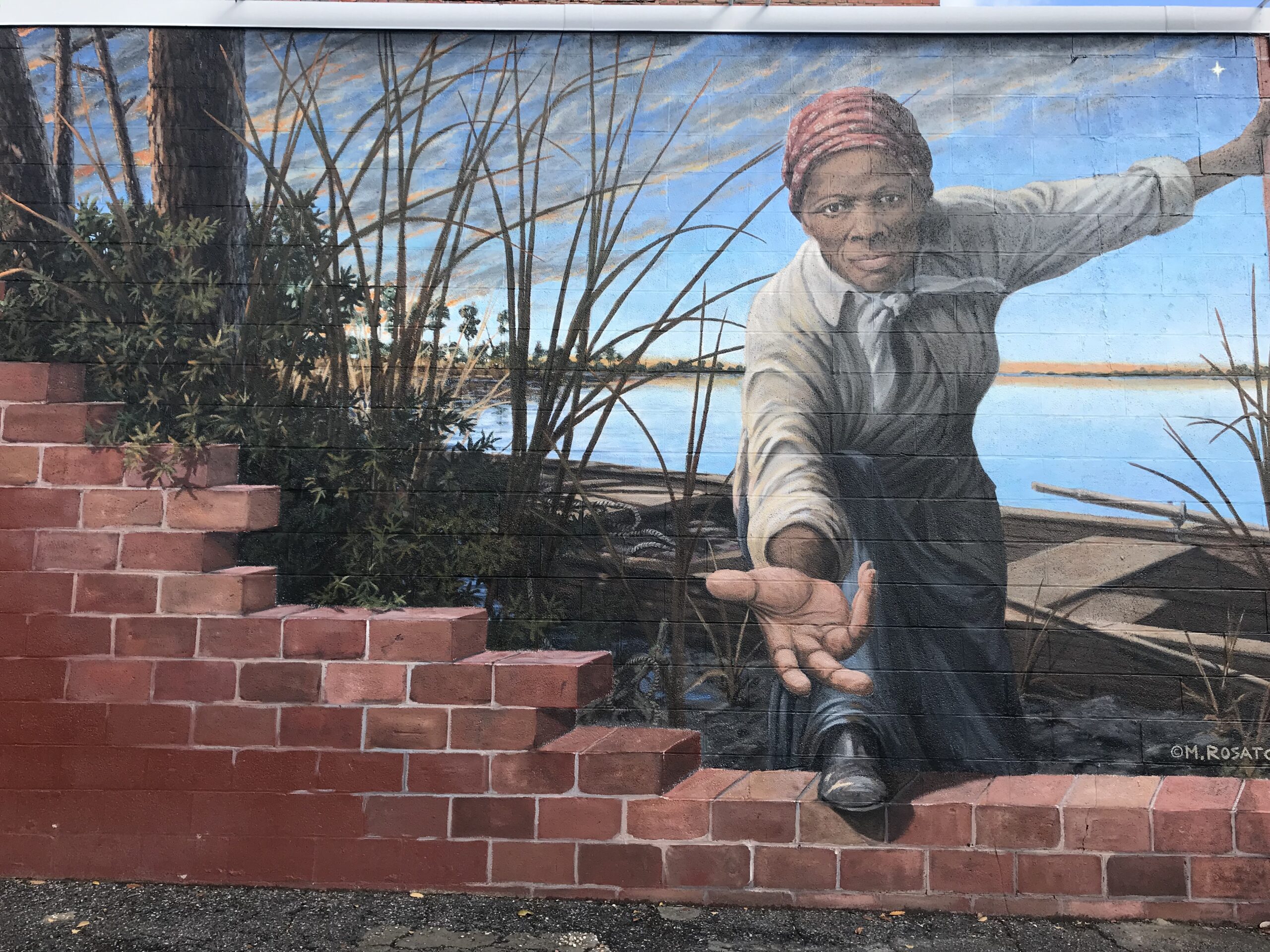 Algonquin had emigrated by the end of the 17th century. Some Algonquin, however, chose to stay, including the Nause-Waiwash band of Dorchester County.” With European settlers also came slavery with Dorchester County being the home of Harriet Tubman. We visited the Harriet Tubman Underground Railroad National Historical Park and Visitors Center during our last visit, along with parts of the Underground Railroad Byway, and is highly recommended. This time we crisscrossed parts of the county that Harriet Tubman traversed as she escaped from slavery and worked to guide others to their freedom.
Algonquin had emigrated by the end of the 17th century. Some Algonquin, however, chose to stay, including the Nause-Waiwash band of Dorchester County.” With European settlers also came slavery with Dorchester County being the home of Harriet Tubman. We visited the Harriet Tubman Underground Railroad National Historical Park and Visitors Center during our last visit, along with parts of the Underground Railroad Byway, and is highly recommended. This time we crisscrossed parts of the county that Harriet Tubman traversed as she escaped from slavery and worked to guide others to their freedom.
Despite the chilly day with a biting wind, we were determined to make the best of it. Our first stop, before heading into downtown Cambridge, was Bay Country Donuts, for coffee and donuts and a “to go” box for later. We used the Downtown Cambridge Walking Tour and the Pine Street Walking Tour maps to guide our exploration. The Pine Street walking tour is unique as it tells the story of the “Black Wall Street” on the eastern shore. “For more than half of the 20th century, the city of Cambridge supported two bustling downtowns. One was and still is centered along Race Street, named after a mill race. The other downtown was defined by Pine Street, only a block away and ran parallel to Race Street. Race Street was predominantly white. Pine Street was a long-standing African American community. During the 1960’s, Pine Street thrust Cambridge before a worldwide audience when it emerged as one of the most important battlegrounds in the civil rights movement. Gloria Richardson helped define the movement’s goals, first of integration of public accommodations and later for equal treatment in housing, employment, education and health care.”
We walked both downtowns to soak in the history of those two parallel streets. At one end of Race Street is the Simmons Center Market, established in 1937. We get lucky sometimes to find great storytellers, and the second-generation owner, Ricky Travers, was a great find. He gave the history of his building, growing up in Cambridge, above the store, and how his business has adapted to continue to serve the community. Jeff loaded up with homemade sausage and other goodies to take home. We picked up lunch at the Blackwater Bakery and headed to the Blackwater Refuge.
The Blackwater National Wildlife Refuge was established in 1933. The 30,000-acre refuge is one of the primary wintering areas for Canada geese along the Atlantic flyway. In the visitor’s center we saw an amazing display of talent, showcasing the junior Federal Duck Stamp contest winners. Our picnic lunch was pretty much blown over by the biting wind. We quickly finished and used the Wildlife Drive map for a tour of the refuge. There are also bike and canoe maps for warmer days. Adjacent to the refuge is the Fishing Bay Wildlife Management Area, with most of the area covered by tidal marshland. It was just a pretty drive on a cold day and can imagine how fun it might be to explore the area by water in a future visit.
Following the Nanticoke River north we stopped in Vienna. If you slow down on the Route 50 bridge across the river, you can see a preserved small town with some buildings dating to the 1700’s. We followed the historic Vienna walking tour map to check out some of its history. “Prior to European colonization, a Nanticoke town called “Chicacone” existed where Vienna is now located. Chicacone was the largest Nanticoke settlement at the time of John Smith’s exploration of the Chesapeake Bay in 1608. Vienna was founded in 1706 and by 1742, the Nanticoke people abandoned the area, migrating north. In its early history, it thrived on trade, shipbuilding and tobacco farming.”
We came full circle and back into Cambridge to find Cannery Park. There is a proposed “rail to trail” as part of the project. “Cannery Park is part of a revitalization project located on the former campus of the historic Phillips Packing Company, once the largest produce cannery in the U.S. The Phillips Packing House Building will be designed to support and grow regional economic opportunities connected to agriculture, aquaculture, environmental technologies, and tourism. Adjacent to the Phillips Building is the site of Cannery Park – a new park that will incorporate active and passive spaces for recreation, including restoring the Cambridge Creek and removing an inactive railroad line to create a rail trail connecting the park to downtown.”
We walked around the property to see the work in progress, then went next door to Bay Country Antiques. Of course, we started talking to the co-owner, Connie Tubman. Like any good storyteller, she told us of growing up in Cambridge while she gave us a tour of the entire building, including out the back door to see the overgrown rail line running alongside the building. We can’t wait to come back to visit the new park, walk the rail line and even shop for some antiques.
We stopped in at RAR Brewery for an early dinner before heading home. As we walked back to where our car was parked near the Choptank Lighthouse, I just had to snap one more picture. Running out to the pier to get a good shot, I could not hear what was happening behind me. When I got my shot and turned around, I could see all the town’s fire engines coming into the circle and nearly blocking our car as they were getting ready for the Christmas parade! Right before I jumped into our car, I took one more picture and waved as Santa Claus climbed up on one of the engines to wish us all a good night!
IT WAS FUN TO EXPLORE DORCHESTER COUNTY AND DISCOVER SOME THINGS WE HAD NOT SEEN ON OUR FIRST VISITS.
FOLLOW ALONG FOR MORE MARYLAND ROAD TRIP ADVENTURES
READ THE ANNE ARUNDEL COUNTY ROAD TRIP BLOG HERE
READ THE FREDERICK COUNTY ROAD TRIP BLOG HERE
READ THE CECIL COUNTY ROAD TRIP BLOG HERE
READ THE ALLEGANY COUNTY ROAD TRIP BLOG HERE

